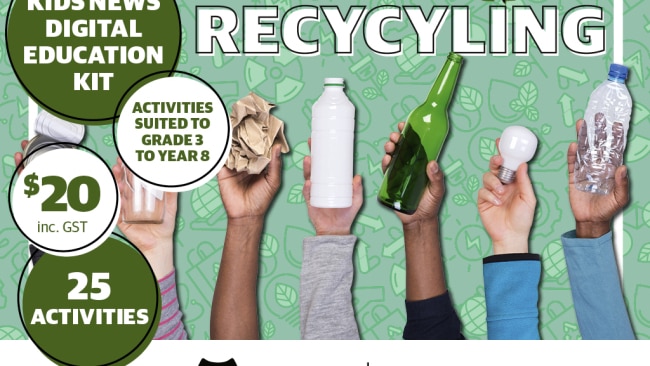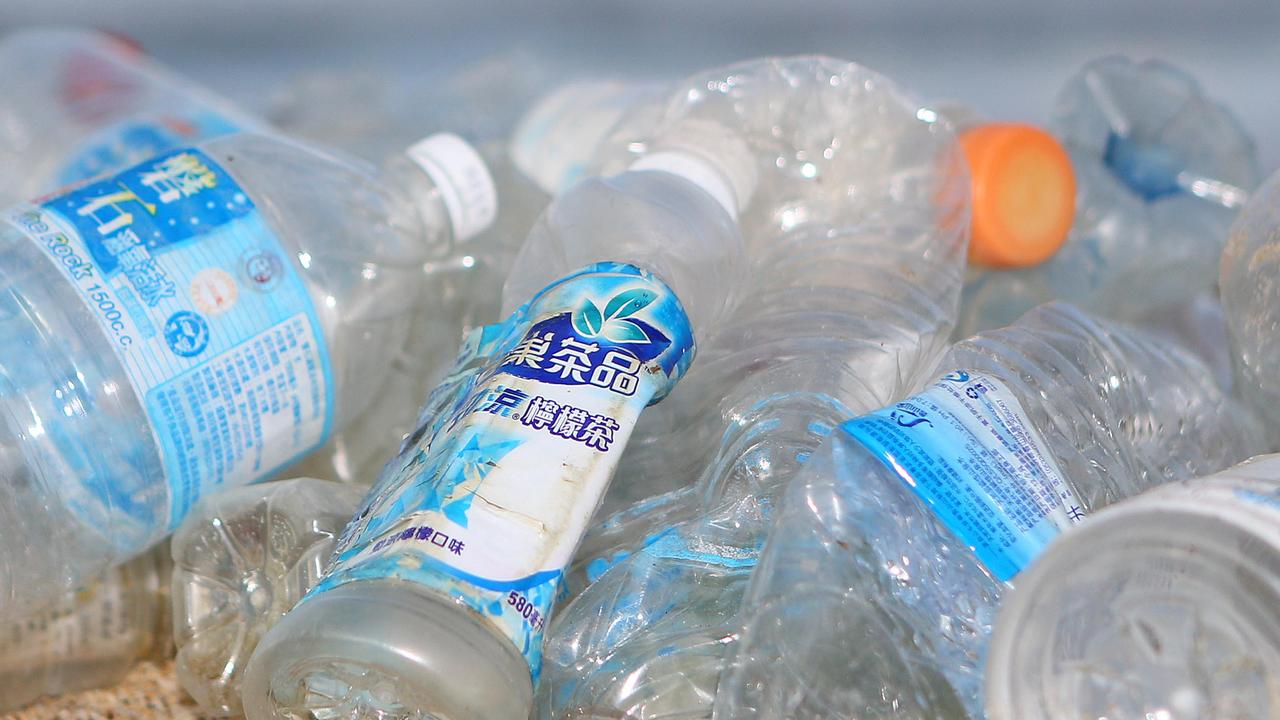Close the loop: choose goods made from recycled materials
PART SEVEN: Being a good recycler is about more than putting everything you can into the recycling bin. To be a really good recycler, choose products made out of recycled materials
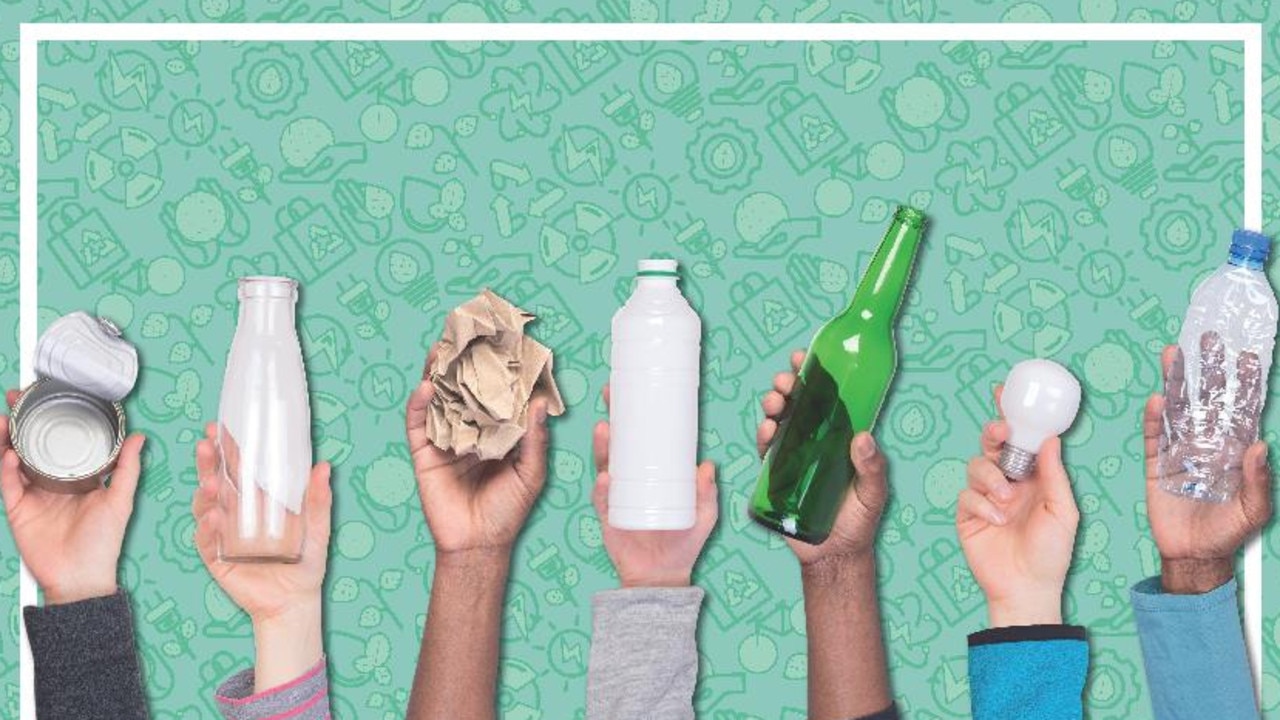
READING LEVEL: GREEN
Have you just put something in the recycling bin? Pat yourself on the back. Good job.
But before you feel too good about your actions, you need to finish the job.
That means buying your rubbish back.
When you absolutely can’t avoid buying something new, make sure it is made out of recycled materials rather than new materials. Then you’re closing the recycling loop.
It might help to think about what happens if no one buys things made out of recycled materials. It’s pretty obvious, isn’t it: all those recyclables collected in bins are taken to collection centres and then they just sit there, or somewhere else, with no future purpose. It makes them no better than landfill. And if that happens, there’s no point recycling in the first place.
But the more we choose things made from recycled materials, the more we create demand and the more companies will be encouraged to try to use recycled materials.
Here are some ideas for how you and your family can look for and choose goods made from recycled materials.
PAPER
Always buy paper made from recycled paper. Choose at least 50 per cent recycled, and, if you can, 100 per cent recycled.
Read the label before you buy a packet of printer paper, a notebook, toilet paper, napkins, kitchen paper or something that comes in paper or cardboard packaging. Companies that make their paper out of recycled paper will be proud to tell you that’s what they’re doing.
Look for the Universal Recycling Symbol on the label. It’s the three green arrows in a triangle.
In 2015, paper company Australian Paper opened a big de-inking plant in Victoria that can take the ink off 80,000 tonnes of scrap paper each year. That’s a lot of paper: imagine a tennis court, piled with paper in a tower as high as Melbourne’s Eureka Tower (301m high!).
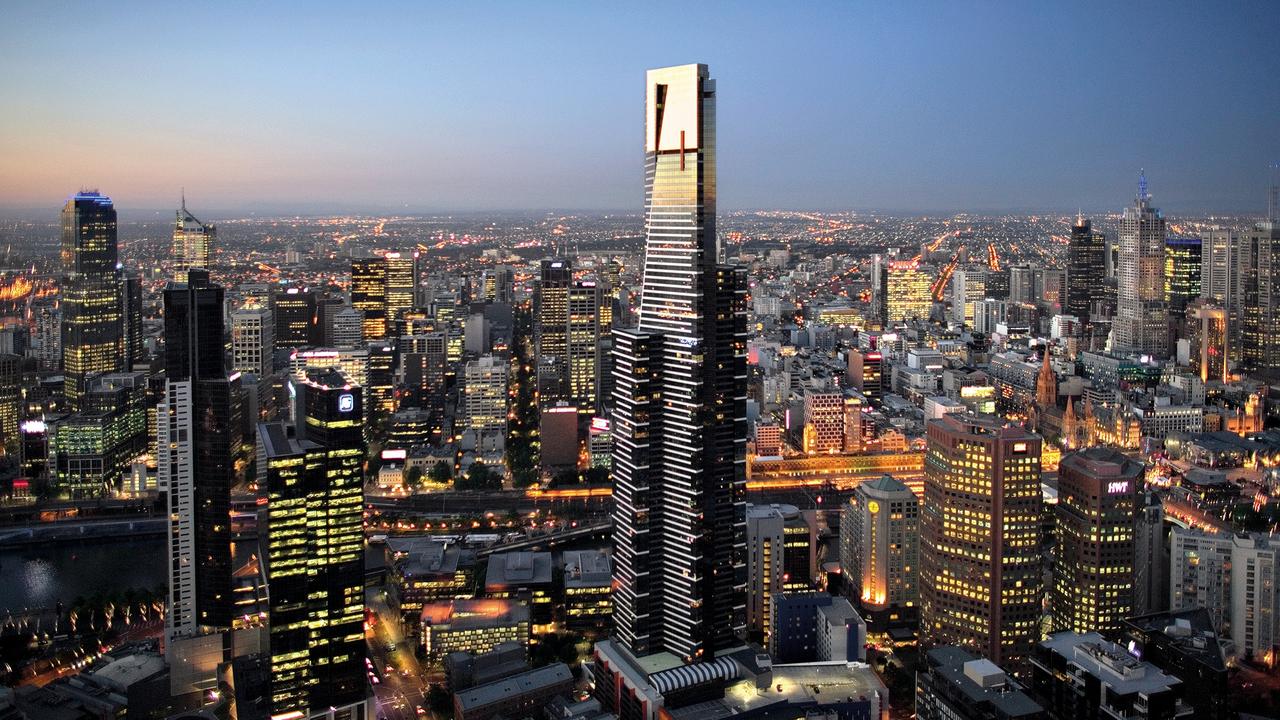
According to Australian paper, recycling 80,000 tonnes of paper (and so stopping it going to landfill) has the equivalent* environmental benefit to taking 70,000 cars off Australian roads.
Not-for-profit environmental organisation Planet Ark has a guide to buying Australian paper at planetark.org/paper
GLASS
Most glass is 100 per cent recyclable in Australia and can be recycled over and over again forever. If you can’t avoid buying food and drink products that come in packaging — such as liquids — clear, green or amber* glass is a good option.
Drinking glasses, light globes, cookware and window glass is not so easily recycled.
Clean-Up Australia, a not-for profit organisation that inspires people to look after their environment, says that recycling one glass jar saves enough energy to light a bulb for four hours.
ALUMINIUM
Aluminium is an element — another way of saying it’s a pure substance — that can be recycled over and over again and doesn’t lose quality. It just keeps being aluminium.
Next time your family buys aluminium foil, look for a label on the box that says the foil is made from recycled foil. Planet Ark suggests the brand If You Care, which has foil that is 100 per cent recycled aluminium.
Choose aluminium cans next time you buy a drink at a cafe or a shop. All aluminium cans have recycled content.
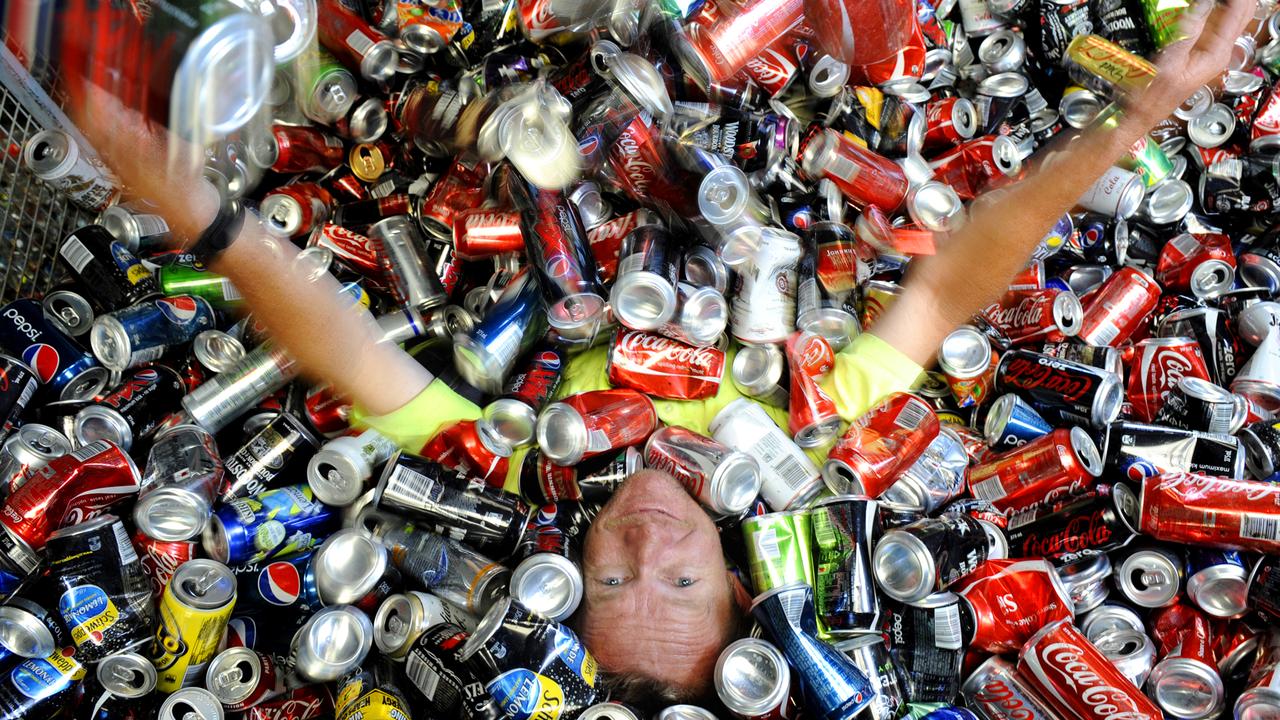
PLASTIC
If you must buy plastic, read the label first. Many companies now make their plastic out of 100 per cent recycled plastic.
Most of this plastic is polyethylene terephthalate, or PET for short. It’s a very common plastic used for water bottles and other food packaging and for clothing. When it’s used for clothing, it’s called polyester.
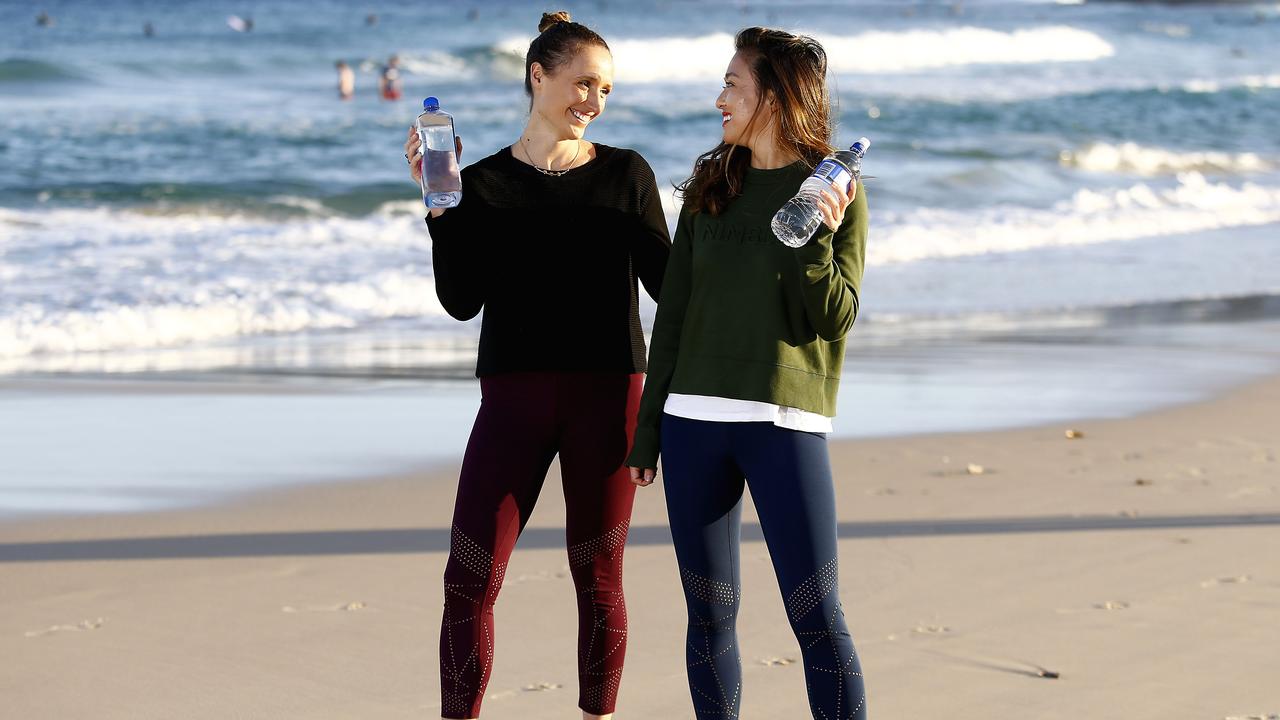
Examples of products and packaging using recycled PET are:
Nature’s Organics shampoo and soap bottles;
Onya sandwich wraps, to replace cling wrap;
Praise and Cornwell bottles of sauces, mayonnaise and dressings;
Bokashi compost bins and most worm farms and compost bins sold by local councils,
Emma & Tom’s Life Juice drinks bottles;
Re-Play plastic bowls, cups and toddlers’ sippy cups; and
Patagonia outdoor clothing.

A FASHIONABLE EXAMPLE
At this year’s Adelaide Fashion Festival, Adelaide’s Ivana Milosevic and Lisa Chakiris launched Le Périple, a swimwear range made from fabric manufactured from fishing nets and plastic bottles recovered from the sea. Le Périple is French for “the journey”.
There’s nothing recycled looking about these designer swimmers, or bathers.
“I think a lot of people expect sustainable to mean boring or drab*. Hopefully we can change that perception*,” Ms Milosevic said. Ms Chakiris added: “We both love swimwear and realised there was a gap in the market — high-end* pieces that were eye-catching, while supporting and driving the use of sustainable textiles* in the fashion industry.”
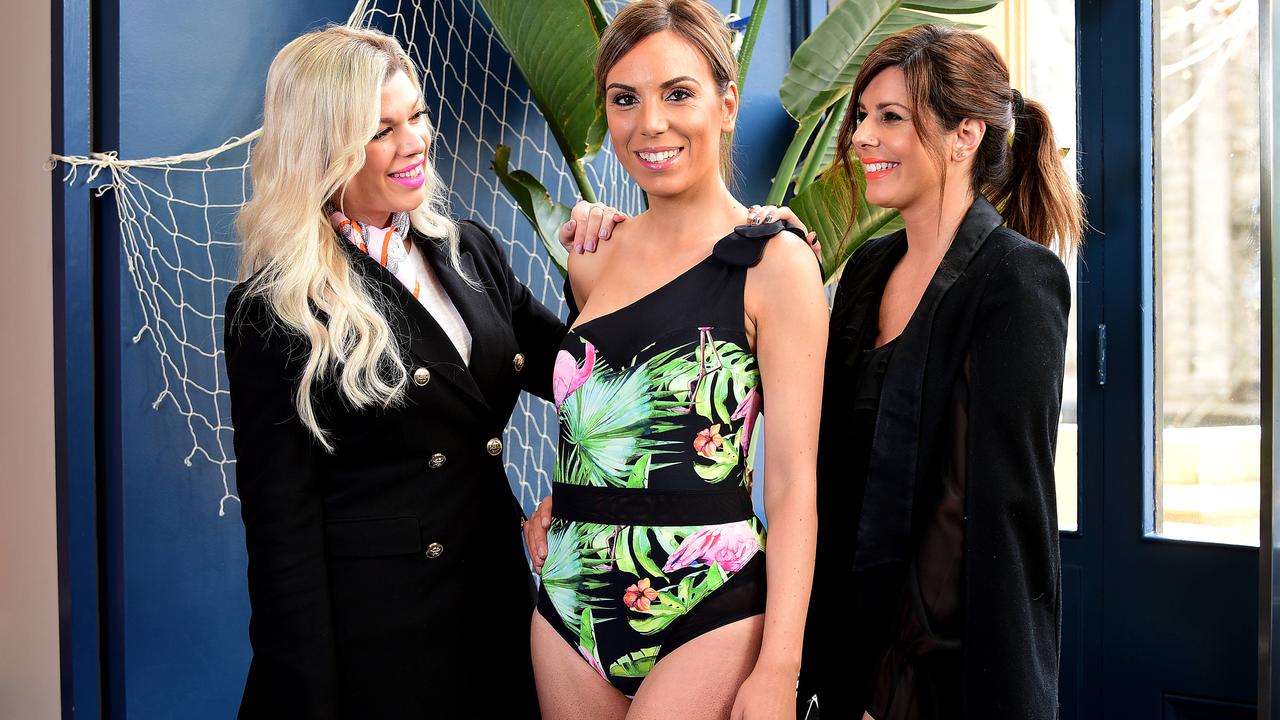
The goal, Ms Chakiris said, is to build a successful brand “based on integrity*, heart and hopefully styles people will fall in love with and be proud to wear knowing they are made from recycled consumer waste”.
The materials are sourced from two recycling-focused international suppliers, US-based Repreve, which makes fabric out of plastic bottles, and Italy’s Carvico, the manufacturer of Econyl a nylon-like material made from ghost* fishing nets mixed with carpet fluff.
“Using the fabrics means we’re playing a part in supporting the regeneration* of waste and turning it into something beautiful,” Ms Milosevic said.
THE MAIN IDEA
If you must buy new, close the recycling loop and buy recycled. To do this, read labels and keep researching so you have the latest information about making the best choices.
EXTRA READING
Part Five: How does Australia compare globally?
Part Six: You can be a great recycler
Part Eight: Your big ideas on recycling could save the world
FOR ALL RECYCLING STORIES, click HERE
GLOSSARY
equivalent: equal to
amber: brown/orange
drab: dull
perception: what people think
high-end: designer, luxury
textiles: fabrics, material
integrity: being honest and believing in good things
ghost: abandoned
regeneration: renewal
LISTEN TO THIS STORY
25 CLASSROOM ACTIVITIES
For classroom activities on this story and much more, go to https://kidsnews.myshopify.com/products/kids-news-digital-education-kit-recycling to purchase the recycling workbook with 25 activities for the early bird price of just $5 (including GST).
Earlybird offer ends at 5pm on December 14. Thereafter, the price increases to $20 inc GST.
.
SOURCES
Department of the Environment and Energy, visit environment.gov.au
Planet Ark Paper, visit planetark.org/paper
Clean-Up Australia, visit cleanup.org.au
Sustainability Victoria, visit sustainability.vic.gov.au
